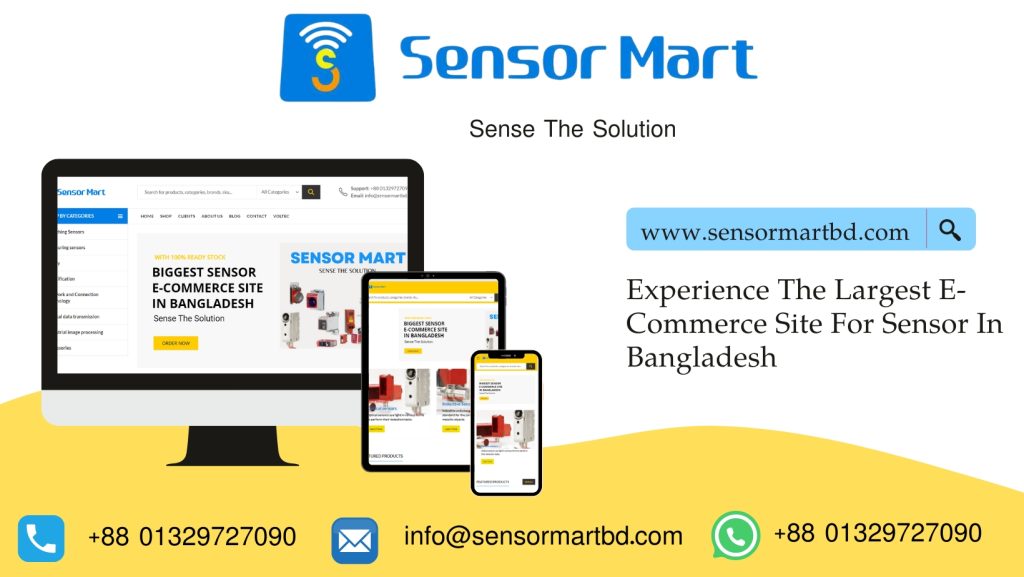Introduction:
Sensors are critical components in today’s production world, helping with automation, improving safety, and increasing productivity in a variety of industrial processes. Although there are many different kinds of sensors, each designed for a particular application or environment, they nonetheless have some similar concepts and features. We examine the essential features of these widely used sensors, their numerous uses, and their revolutionary influence on the industrial landscape in this blog post.
Understanding Common Sensors:
A wide range of technologies are included in common sensors, which are intended to measure, identify, and react to physical occurrences in industrial settings. These sensors may gather crucial data and offer insightful information for control and decision-making since they function on the basis of concepts like optical sensing, electromagnetic induction, and proximity detection.

Applications Across Industries:
Manufacturing Optimization: In order to increase operational efficiency in manufacturing facilities, improve product quality, and streamline production processes, common sensors are essential. They make it easier to complete jobs including recognizing the presence of materials, managing production factors, and monitoring equipment status, which minimizes errors and downtime.
Safety Enhancement: By identifying potentially dangerous situations, keeping an eye on the presence of people, and sounding alarms or safety interlocks as needed, sensors help to improve workplace safety across all industrial sectors. Sensors assist in risk mitigation and accident prevention in high-risk areas by offering real-time feedback and facilitating proactive responses.
Logistics and Inventory Management: Sensors are essential for automating inventory tracking, tracking items in transit, and streamlining warehouse operations in material handling and logistics operations. They make it possible to perform functions like object recognition, measuring distance, and barcode scanning, which makes precise inventory control and effective order fulfillment procedures possible.
Advancements and Future Trends:
Continuous developments in integration, miniaturization, and connectivity have characterized the progress of sensor technology, making sensors smarter, more adaptable, and more networked. The capabilities of common sensors are expected to be significantly enhanced by emerging trends like edge computing and the Internet of Things (IoT), enabling real-time data analysis, proactive upkeep, and adaptive regulation in industrial environments.
Challenges and Considerations:
Common sensors encounter difficulties with environmental resilience, calibration, and interoperability with current systems, despite their extensive use and advantages. Organizations using sensor technology in their operations continue to prioritize maintaining data security, privacy, and compliance with laws and regulations.
Conclusion:
Common sensors are vital facilitators of creativity, productivity, and safety in contemporary industrial and manufacturing environments in the age of digital transformation. In the dynamic world of Industry 4.0, businesses can seize new chances for optimization, productivity, and sustainable growth by utilizing the capabilities of these sensors and smoothly integrating them into their operations.
